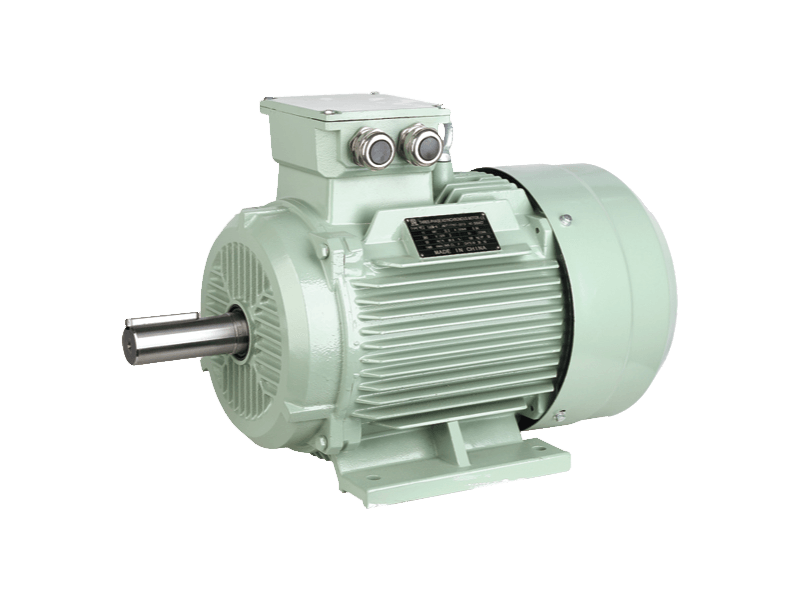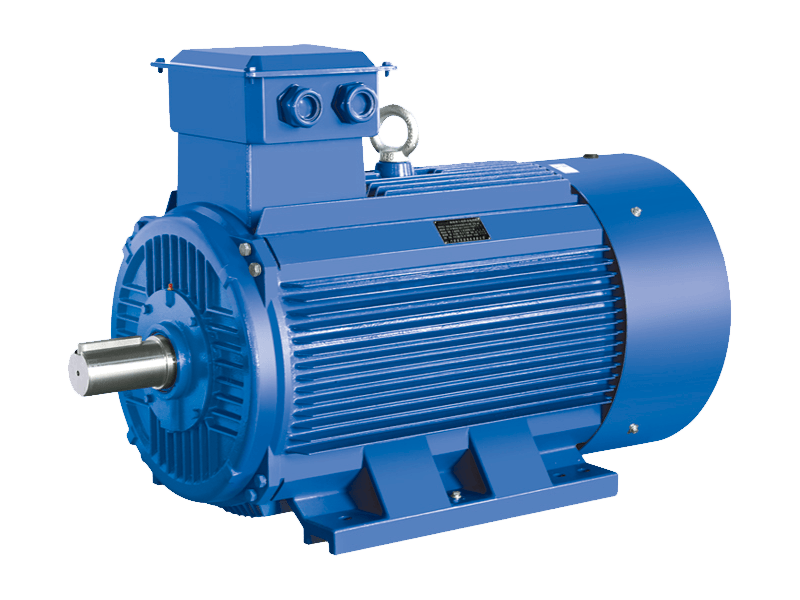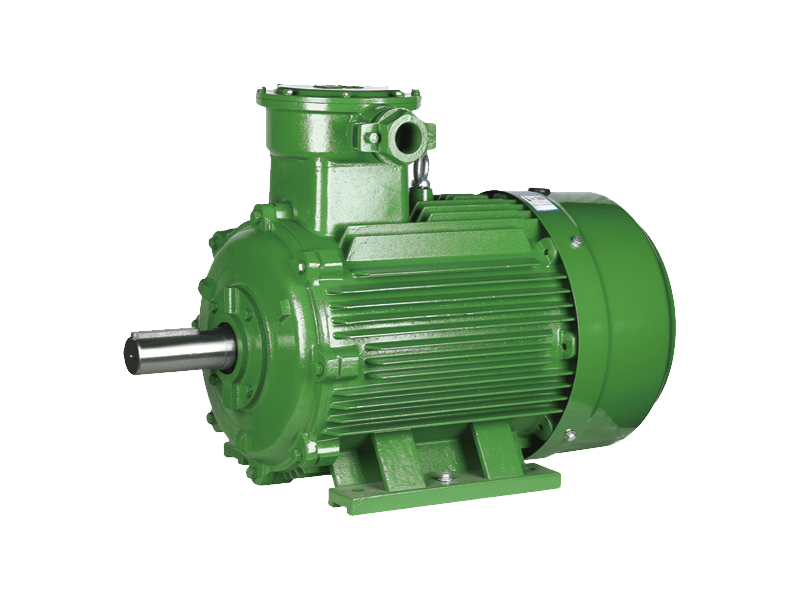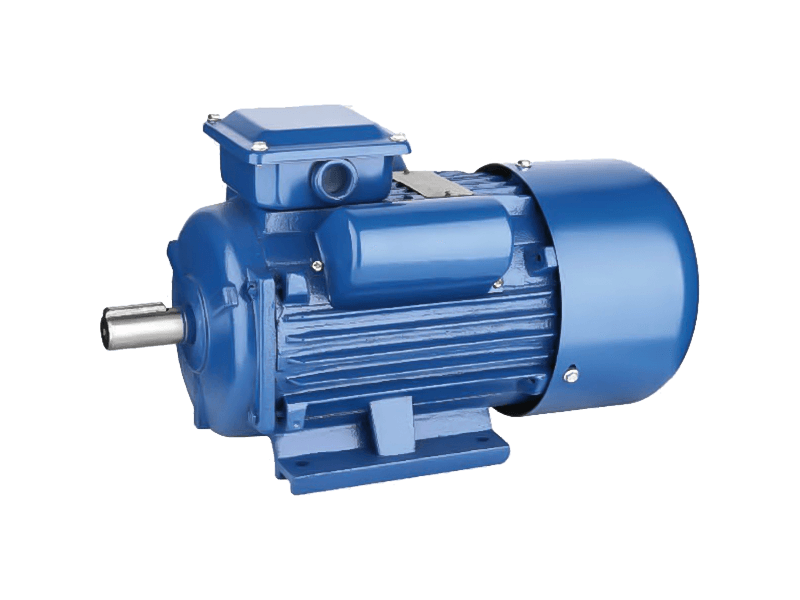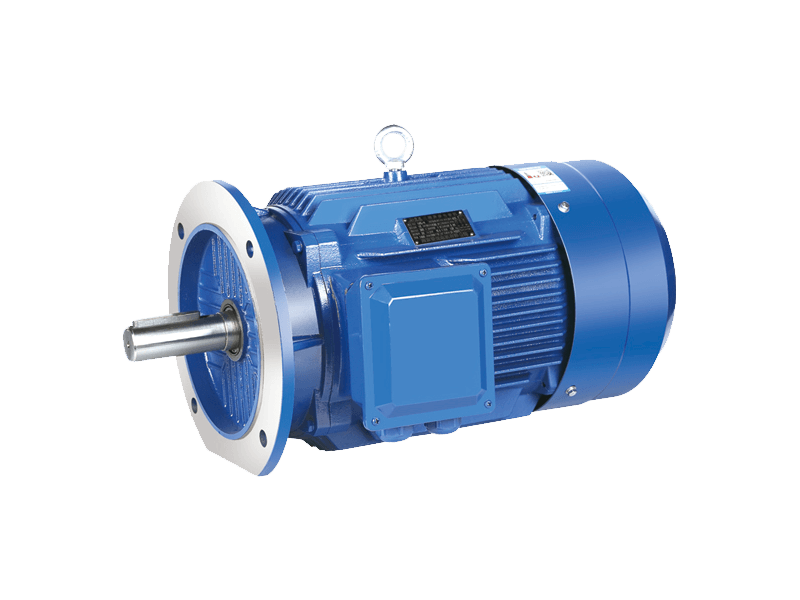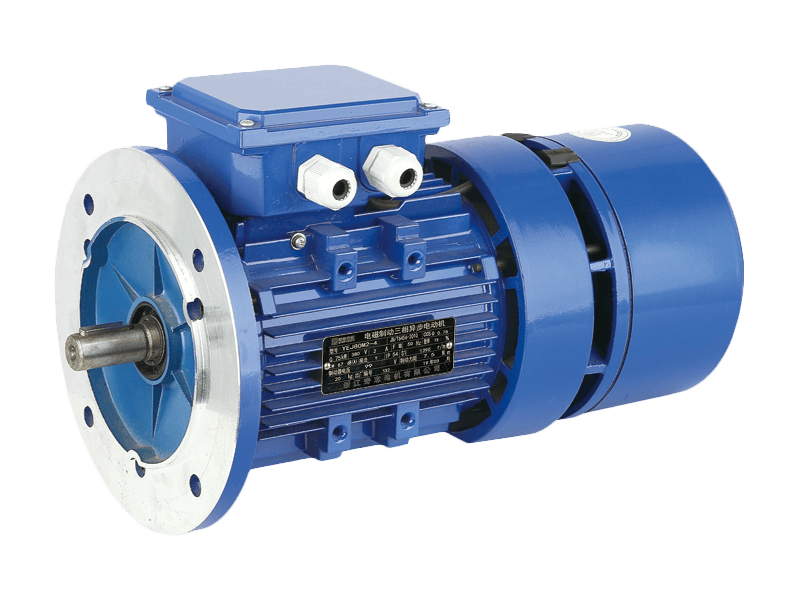A motor is a device that converts electrical energy into mechanical energy. It is found in many types of appliances such as cars, trains, power tools, fans, air conditioning and even electric watches.
The underlying principle of the electric motor is the magnetic effect of current on a coil. This is called Faraday’s Law of Induction.
Initially, the magnetic field acts from north pole to south pole in a loop of wire. As the magnetic field changes, two forces act on the wire in mutually opposite directions and perpendicular to the direction of the wire.
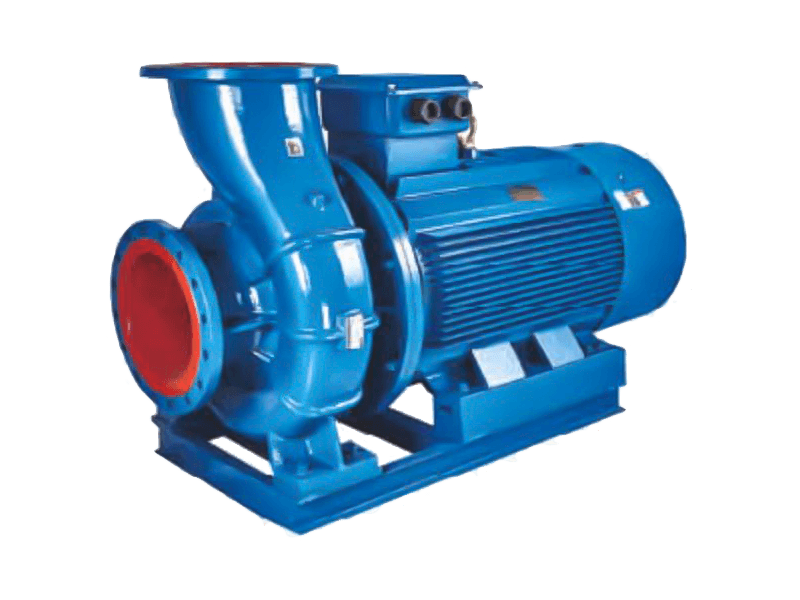
These forces cause the loop to rotate. This rotation is induced by the forces in the magnetic field that interact with the current flowing through the wire windings of the motor.
When the coil rotates about half way, the brushes come in contact with the gaps between the split rings of commutator. The commutator is shaped like a half ring that is designed with copper.
After this, the brush touches the commutator again in the opposite direction. Then, the current to the coil is cut off because the commutator has now changed the contact from one brush to another.
First electric motor was able to eliminate sparking, voltage loss across windings and could deliver power at a constant speed-making it the first practical DC motor. But, despite its many accomplishments, these early motors were impractical and expensive to manufacture, making them poor candidates for commercial applications.


